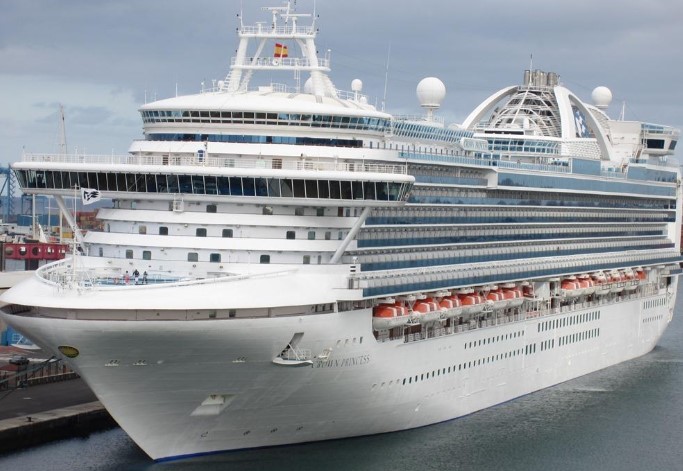International travel is booming again with the largest numbers recorded since early 2020. Dr Abul Rizvi reports.
AT POSITIVE 194,340, net international movements in October 2022 were the largest since February 2020 when there were 274,360 net movements (Chart 1).

While overall international movements remain below pre-pandemic levels, we are likely to reach those levels next December/January.
The strong increase in net movements in October 2022 was driven significantly by a net inflow of Australian citizens of 125,140 — the largest monthly net inflow of Australian citizens since positive 228,270 in March 2020. That surge in returning Australian citizens was largely driven by the start of COVID-19 (Chart 2).

The large net inflow of Australian citizens in October 2022 reduced the net outflow of Australian citizens during the whole of 2022 to negative 171,800. But unless there is another very large net inflow of Australian citizens in November 2022, it is highly likely 2022 will represent one of the largest net outflows of Australian citizens in our history.
The crucial question will be the extent to which this represents long-term movements and consequently makes a negative contribution to net migration and hence population growth. For most of the decade prior to the pandemic, long-term net movement of Australian citizens had been negative. For example, long-term net movement of Australian citizens in 2014 was negative 22,410 and in 2015 was negative 26,400. But that was driven by a weakening Australian labour market, not a very hot labour market.

It is likely the net movement of Australian citizens in 2022 may make an even larger negative contribution to net migration than in 2015. Net movement of New Zealand citizens remains subdued at positive 11,600 to date in 2022 and positive 690 in October 2022.
By contrast, the net movement of Indian citizens since the start of 2022 has been positive 126,740 although there was a small negative movement of Indian citizens in October 2022. The net movement of Chinese citizens since the start of 2022 has been 74,790. Both of these have been significantly driven by net arrival of overseas students (Chart 3).

In 2022 to date, there has been a net inflow of overseas students of 221,010 and a net inflow in October of 14,630. The October inflow was only slightly higher than the traditional level of student net inflows in October despite record offshore student visa applications from June to September 2022. This reflects a very high offshore student visa refusal rate.
Net movement of permanent residents remains at relatively low levels to date in 2022 at 34,300 with net movement of permanent skilled migrants at 22,000. The major increase in permanent skilled migration is unlikely to result in large inflows until the March quarter of 2023. There was a net inflow of permanent migrants in October of 11,270.
Net movement of skilled temporary entrants in 2022 has climbed to positive 26,910 with a positive 5,200 in October 2022. Given the level of skill shortages in Australia during 2022, this is a historically low level of increase in skilled temporary entrants largely reflecting the silly changes Opposition Leader Peter Dutton made to these visas in 2017-18.

There has also been a positive inflow of 51,530 people on temporary work visas, mainly people on working holidays. There was a net inflow of 14,040 people on temporary work visas which is unusually high for October. This is likely to reflect highly facilitative policy on working holidays, including unrestricted work rights.
The really interesting development is a steady rise in the net inflow of people on visitor visas. In 2022, there has been a net positive inflow of people on visitor visas of 305,940 and a net inflow in October of 35,190. Both figures are surprisingly high and are likely to reflect a large portion of people on visitor visas applying to extend their stay in Australia.
A portion, possibly even more than 10 per cent, of the 305,940 will eventually be included in net overseas migration and hence population growth.
While some of this may reflect people applying onshore for employer-sponsored visas (temporary and permanent) given Australia’s strong labour market and the slowness of offshore processing of employer-sponsored visas, the Department of Home Affairs will be concerned if it is visitors applying for onshore parent visas and/or asylum. Some may also be applying onshore for student visas or working holiday visas.
This trend reflects people not applying for the correct visa from offshore — a key indicator of a visa system in trouble that was evident for a number of years before international border closures.
Dr Abul Rizvi is an Independent Australia columnist and a former Deputy Secretary of the Department of Immigration. You can follow Abul on Twitter @RizviAbul.
Related Articles
Support independent journalism Subscribe to IA.








More Stories
How to Pack for the UK Weather (Yes, Even in July!)
An Entrepreneur’s Guide To Responsible Travel
Important Updates on Passport Processing